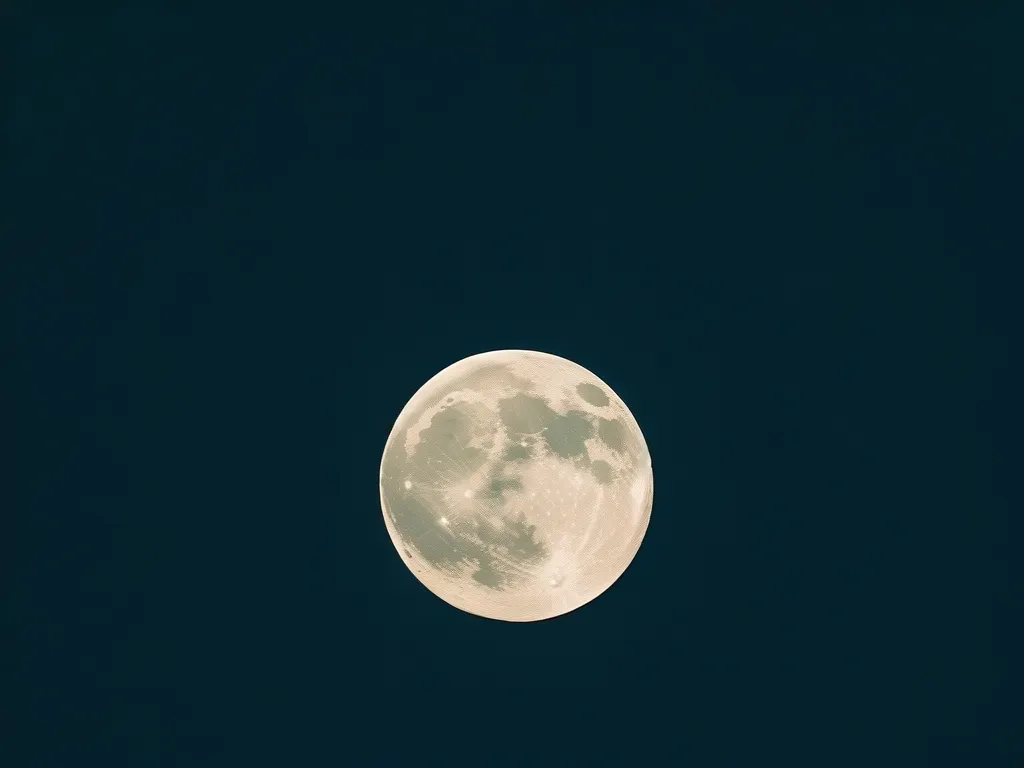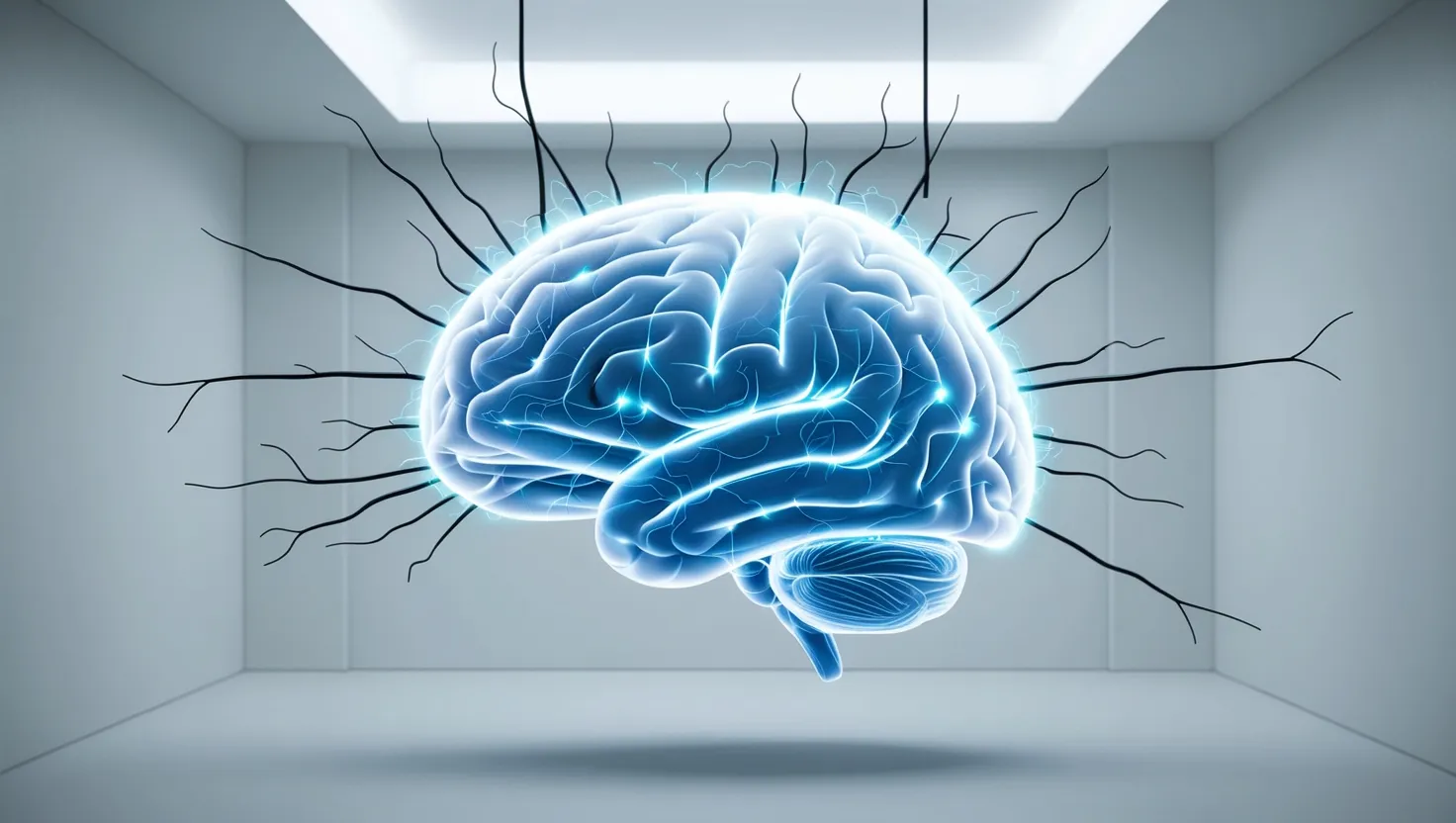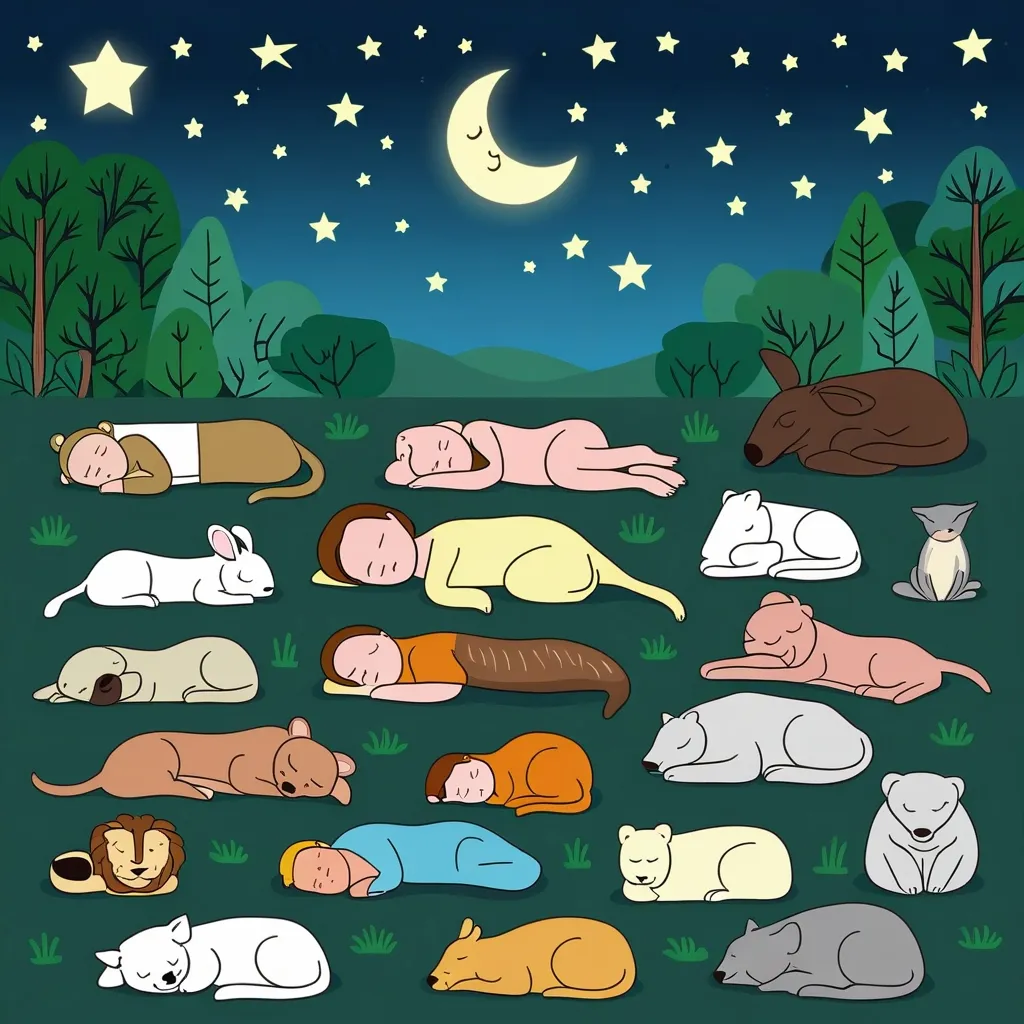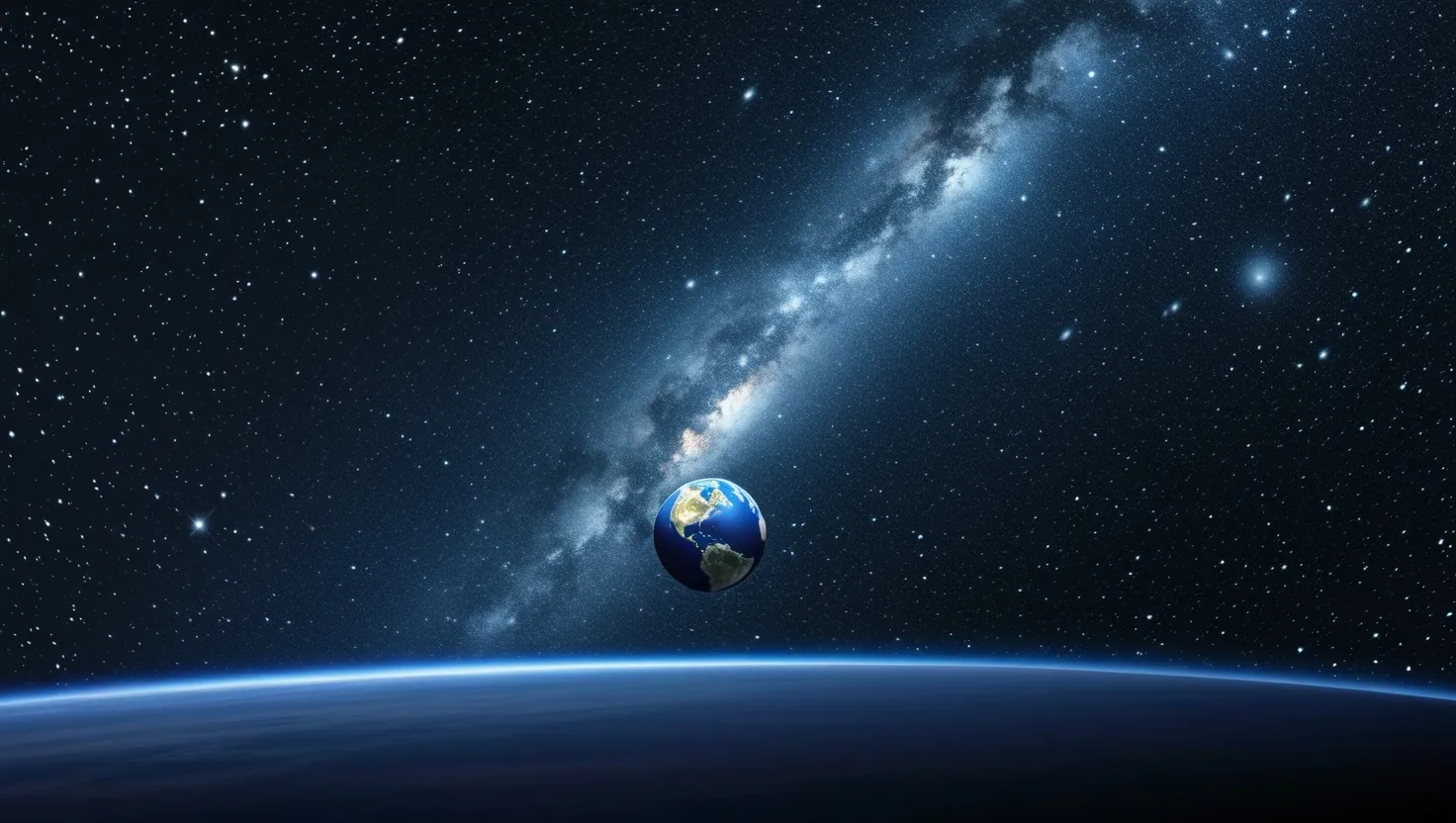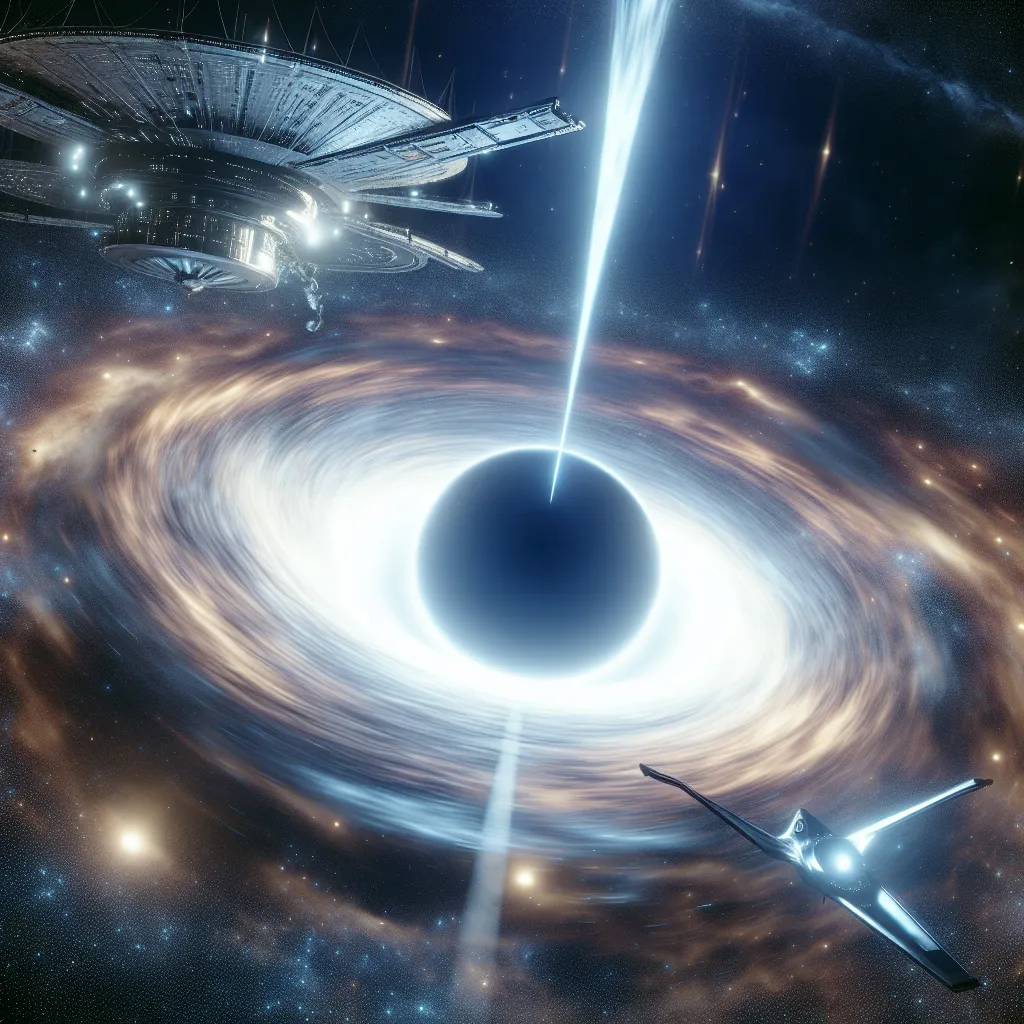As we gaze up at the night sky, the moon has always been a source of fascination and mystery. For centuries, its cratered surface has sparked imagination and fueled speculation. One of the most enduring and intriguing topics is the presence of mysterious structures on the moon’s surface. Are these anomalies evidence of ancient alien civilizations, remnants of secret space missions, or simply optical illusions?
The debate over these structures has been ongoing for decades, with each side presenting compelling arguments. On one hand, there are the conspiracy theorists who believe that the moon is not just a natural satellite, but a hub of extraterrestrial activity. They point to various photographs and observations that seem to show geometric shapes, towers, and even what appears to be a “mystery hut” spotted by China’s Yutu-2 rover on the far side of the moon.
This “mystery hut” is a recent example of how our minds can play tricks on us. The rectangular object, which has sparked a flurry of speculation, is most likely just a large rock with a rectangular side facing the camera. However, the imagination runs wild with possibilities – from a lost Amazon delivery box to an astronaut outhouse or even a Borg cube from Star Trek. This phenomenon is not new; it’s part of a broader psychological trait known as pareidolia, where our brains fill in missing information to create familiar shapes.
Historically, this tendency to see patterns and shapes has led to some fascinating, if not entirely accurate, interpretations. For instance, the “face on Mars,” a low-resolution image taken by the Viking orbiter in 1976, was initially believed to be a giant sculpture. Later, higher-resolution images revealed it to be just a hill. Similarly, on the moon, various structures have been identified over the years, such as the “Shard,” an obelisk-shaped object discovered by Orbiter 3 in 1968, and a spire that rises more than 5 miles from the lunar surface. While these structures are intriguing, they remain unexplained by natural processes, but that doesn’t necessarily mean they are of alien origin.
One of the most compelling arguments for the presence of unusual structures on the moon comes from the reports of astronauts themselves. During the Apollo missions, astronauts reported seeing areas on the moon that were considerably more illuminated than the surrounding areas, with a slight fluorescence. These observations, known as Lunar Transient Phenomena (LTP), have been witnessed by many astronomers over the years. While some LTPs can be explained by atmospheric turbulence or the movement of lunar dust, others remain unexplained.
The idea that the moon might be more than just a dead, inactive world is captivating. Some theories suggest that the moon could be much older than previously thought, possibly even older than the Earth or the Sun. Moon rocks have been dated to 5.3 billion years old, and the dust on which they rested was another billion years older. This discrepancy has led some to speculate that the moon may not be a natural satellite at all, but rather an artificial construct or a hollowed-out spaceship.
Legends and myths from various cultures add another layer to this mystery. The Zulu people of Africa have a legend that describes the moon as a hollow, reptilian mother ship brought to Earth by two brothers who were leaders of an intelligent extraterrestrial race. This legend, while fantastical, aligns with other ancient accounts that describe the moon as a place of otherworldly beings.
The scientific community, however, approaches these claims with a healthy dose of skepticism. Most of the anomalies observed on the moon can be explained by natural geological processes. The moon’s surface is a testament to its violent history, with craters formed by asteroid and comet impacts and vast lava beds known as maria. These features, while they may look like they could be artificial, are the result of billions of years of geological activity.
Despite the skepticism, the allure of the moon’s secrets remains strong. The possibility that there could be more to our closest celestial neighbor than meets the eye is a tantalizing one. As we continue to explore and study the moon, we may uncover more mysteries that challenge our current understanding.
For example, the distribution of impact craters on the moon shows strange patterns that cannot be fully explained by natural processes. Some areas seem to have been selectively targeted by meteorites, which has led to speculation about intelligent beings manipulating these events. Additionally, there are reports of strange markings on the moon’s surface that resemble runways or landing strips, located near what appear to be artificial structures.
These findings, while intriguing, are often shrouded in controversy and lack concrete evidence. The scientific method demands rigorous testing and verification, and until we have more substantial proof, these claims will remain in the realm of speculation.
As we look up at the moon, it’s hard not to wonder what secrets it might hold. Whether you believe in ancient alien civilizations or simply appreciate the moon’s natural beauty, one thing is certain – the moon continues to captivate us. Its mysteries, whether real or imagined, inspire us to keep exploring, to keep questioning, and to keep dreaming about what lies beyond its cratered exterior.
In the end, the moon’s secret structures, whether they are evidence of extraterrestrial activity or just tricks of light and shadow, serve as a reminder of the vast mysteries that still await us in the universe. As we continue to explore and study our celestial neighbor, we may uncover more than we ever imagined, and perhaps, just perhaps, we might find that the truth is more extraordinary than fiction.
